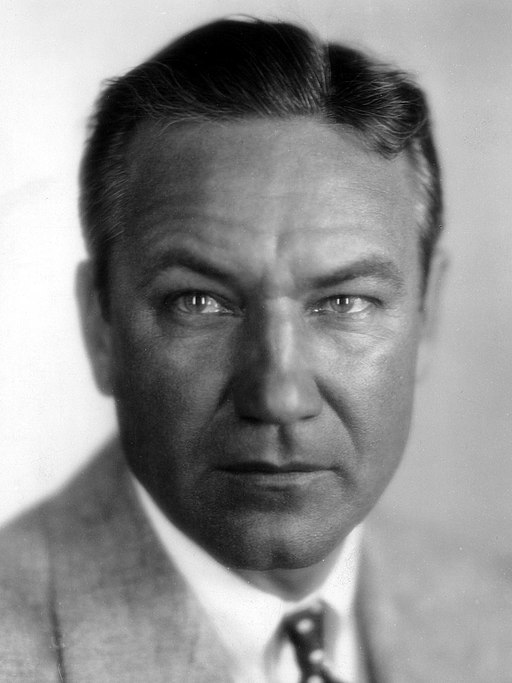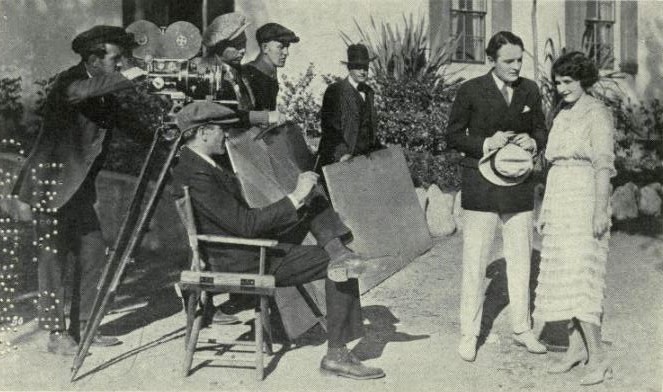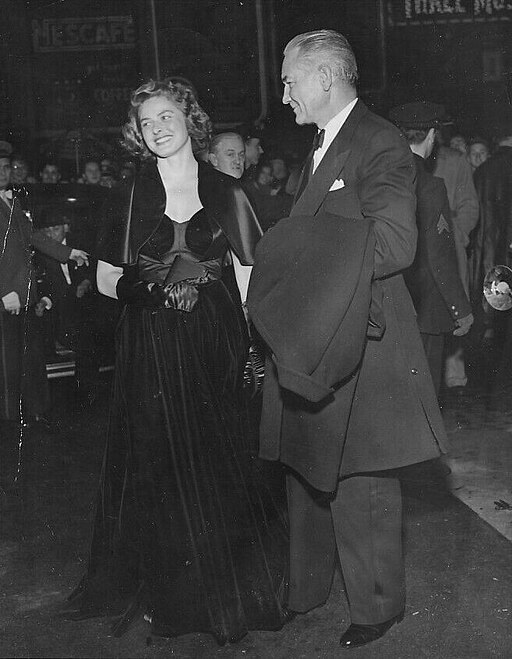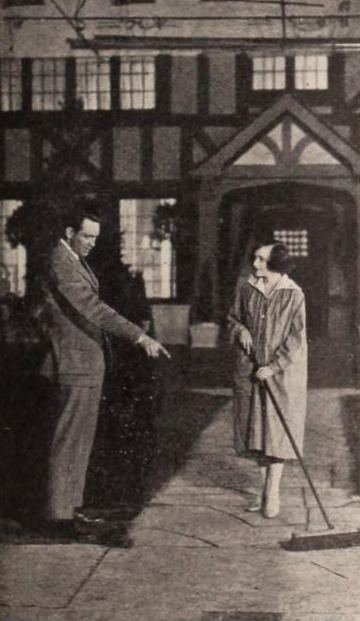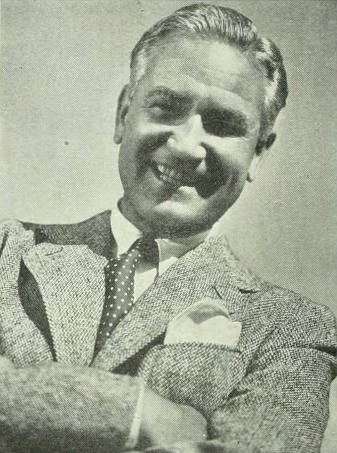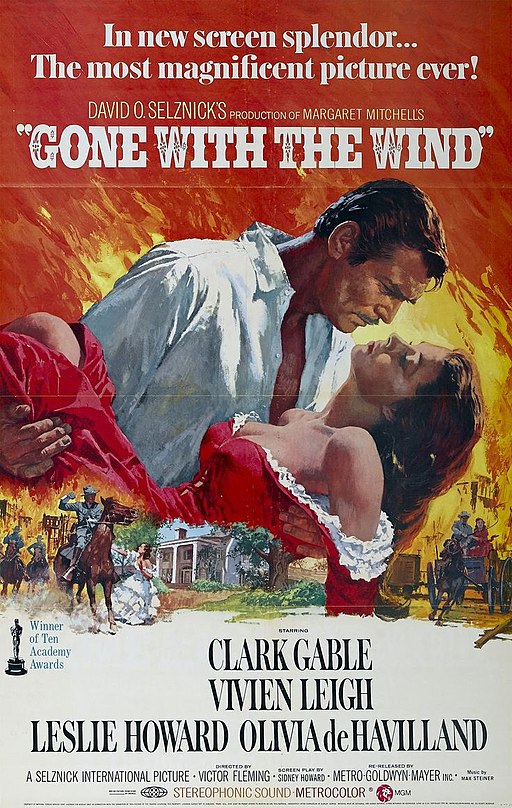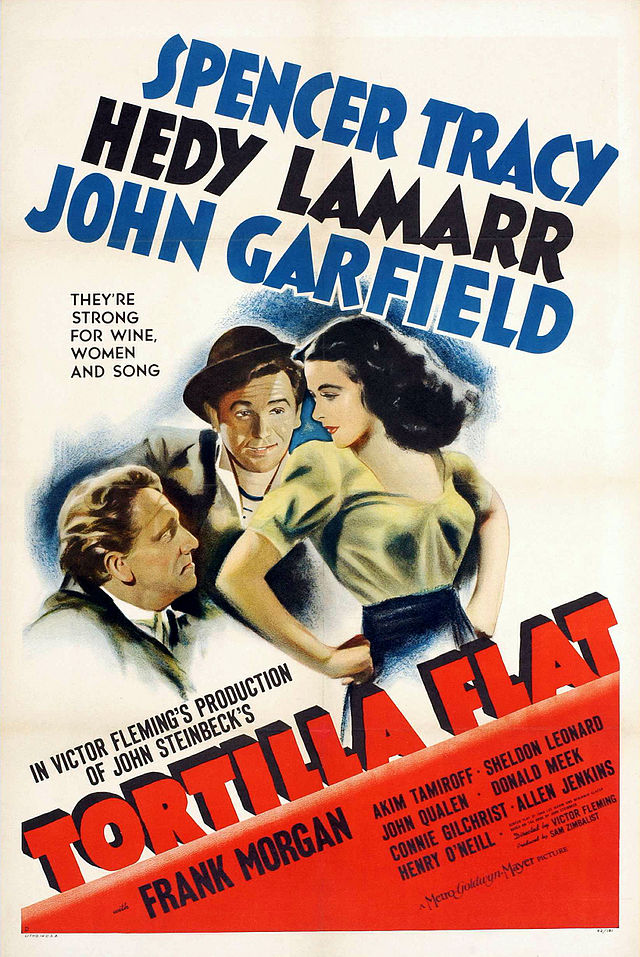Victor Fleming
back| Full Name | Victor Lonzo Fleming |
| Born | February 23, 1889 |
| Birthplace | Pasadena, California, USA |
| Died | January 6, 1949 |
| Buried | Hollywood Forever Cemetery, Los Angeles, California |
| Married to | Lucile Rosson (1933 - 1936) - Lupe Vélez (1938, not legally recognized) |
| Children | Fleming had two children, both with his first wife, Lucile Rosson - Sally Fleming and Victoria Fleming |
| Notable films | The Wizard of Oz (1939) - Gone WIth the Wind (1939) - Treasure Island (1934) - Dr, Jekyll and Mr. Hyde (1941) |
Victor Fleming
Epic Director of Fantasy and Romance
Victor Fleming began his career in the film industry as a cinematographer and camera operator in the silent film era. He quickly made a name for himself due to his innovative techniques and his ability to bring out the best in actors. This reputation led to his transition into directing.
His directorial prowess was evident in the way he handled "The Wizard of Oz," a technical marvel at the time, and "Gone with the Wind," which showcased his ability to direct epic dramas.
Related
Victor Fleming (1889 – 1949)
Biography and Analysis of his Career
Victor Fleming was a seminal figure in the Golden Age of Hollywood, known for directing some of the most iconic films in cinema history. His biography is a blend of artistic triumph and personal complexity.
Early Life and Career Beginnings
Victor Fleming was born on February 23, 1889, in Pasadena, California. He grew up in a rugged environment, which later influenced his penchant for outdoor and adventure themes in his films. Fleming's early career was not in film; he started as an auto mechanic and later became a racing driver, which introduced him to the world of stunts and eventually led him to the film industry.
Transition to Cinematography and Directing
Fleming's entry into the film industry was as a camera operator and cinematographer, where he quickly gained a reputation for his innovative camera work. This technical skill laid the foundation for his transition to directing. His directorial debut came in 1919 with the film "When the Clouds Roll By." Fleming's style was characterized by a blend of rugged masculinity and sensitivity, a reflection of his own personality.
Major Directorial Successes
Fleming's most significant career achievements came in 1939 with the releases of "The Wizard of Oz" and "Gone with the Wind." These films not only showcased his versatility as a director but also his ability to manage complex productions. "The Wizard of Oz" was notable for its technical innovation, particularly in its use of Technicolor, while "Gone with the Wind" was an epic romance and drama, demonstrating his skill in storytelling and character development. Both films remain landmarks in the history of cinema.
Personal Life
Victor Fleming's personal life was as colorful and tumultuous as his films. He was known for his charismatic and sometimes abrasive personality. Fleming was a notorious womanizer, having affairs with several prominent actresses of his time. His marriages, first to Lucile Rosson and his brief, unofficial union with actress Lupe Vélez, were marked by this turbulence.
Later Career and Legacy
In the 1940s, Fleming continued to direct films, though none reached the heights of his 1939 successes. His later works include "Dr. Jekyll and Mr. Hyde" (1941) and "A Guy Named Joe" (1943). Fleming's approach to directing, characterized by a strong visual style and a focus on human emotions, influenced many future filmmakers.
Victor Fleming died on January 6, 1949, in Cottonwood, Arizona, from a heart attack. He left behind a legacy as one of Hollywood's most influential directors. His films have not only stood the test of time in terms of popularity but also in their artistic and technical contributions to the film industry. Fleming's life, marked by both creative genius and personal flaws, paints the picture of a complex individual who played a pivotal role in shaping the landscape of American cinema.
Victor Fleming's directing style is marked by a distinctive blend of technical innovation, strong visual storytelling, and a deep understanding of character psychology. His approach to filmmaking was both pioneering and reflective of his own robust personality and life experiences. Here's an analysis of key aspects of his directing style:
Technical Mastery and Innovation
Fleming was known for his technical expertise and willingness to push the boundaries of what was possible in film. This is most evident in "The Wizard of Oz," where he utilized Technicolor to create a vibrant, otherworldly experience. His ability to seamlessly integrate special effects, color, and cinematography set a new standard in visual storytelling.
Strong Male Protagonists
Many of Fleming's films feature strong, masculine protagonists often facing personal or moral challenges. This can be attributed to his own experiences and rugged personality. He was adept at exploring and portraying the complexities of masculinity, as seen in "The Virginian" and "Gone with the Wind."
Exploration of Romance and Human Emotions
Despite his focus on masculine themes, Fleming showed a nuanced understanding of romance and emotional depth. His films often include complex romantic plots where characters undergo significant personal growth. "Gone with the Wind" is a prime example, with its intricate portrayal of love, passion, and the human condition against the backdrop of war.
Versatility Across Genres
Fleming demonstrated a remarkable ability to direct across different genres. From adventure and action in "Treasure Island" to the fantasy of "The Wizard of Oz," and the romantic drama of "Gone with the Wind," he showed adaptability and a keen sense for the requirements of each genre.
Emphasis on Visual Storytelling
Fleming's films are characterized by their strong visual components. He believed in showing rather than telling, using visuals to advance the story. His background in cinematography greatly influenced this aspect of his style, making his films visually engaging and expressive.
Collaboration with Actors
Fleming was known for his ability to get the best out of his actors, often pushing them to deliver powerful performances. He was adept at managing large casts and complex characters, as seen in his handling of the varied and substantial ensemble in "Gone with the Wind."
Narrative Pacing
Fleming's films often feature a deliberate pacing, allowing for character development and plot complexities to unfold naturally. This is particularly evident in his epics, where despite the length, the story maintains engagement through carefully constructed narrative rhythms.
Video about Victor Fleming and Judy Garland:
Awards and Recognition:
Academy Awards (Oscars)
- 1939: Victor Fleming won the Academy Award for Best Director for "Gone with the Wind." This epic romantic drama, set against the backdrop of the American Civil War, is widely considered one of the greatest films in the history of American cinema. Fleming's direction was instrumental in bringing this sweeping narrative to life, balancing the grand scale of the film with intimate character development.
Other Recognitions
While specific awards and honors for his other films, especially "The Wizard of Oz," are more commonly attributed to the films themselves rather than to Fleming's individual contributions, it's important to note the lasting impact these films have had on the film industry:
- "The Wizard of Oz" (1939): Although Fleming did not receive a direct nomination or award for his direction, the film itself received critical acclaim and several Oscar nominations, winning two Academy Awards for Best Original Score and Best Original Song for "Over the Rainbow." The film's innovative use of Technicolor and special effects, under Fleming's direction, has been widely celebrated.
- Legacy and Posthumous Recognition: Fleming's legacy in cinema is cemented by the enduring popularity and critical acclaim of his films. "Gone with the Wind" and "The Wizard of Oz" are both preserved in the National Film Registry by the Library of Congress for being "culturally, historically, or aesthetically significant." His contributions to the film industry continue to be recognized and celebrated posthumously.
Memorable Quotes from Victor Fleming:
- On Filmmaking: "The important thing in directing is not to lose your nerve."
- About Actors: "You can't throw too much style into a picture, but you can throw too much styling away."
- On Storytelling: "Tell the story. Tell it simply. Keep your ego out of it."
- Regarding 'Gone with the Wind': "I made 'Gone with the Wind' as if it were to be the last picture I was to make."
- On Personal Belief: "I believe in the force of the human mind, in the power of truth and the beauty of love."
Movies directed by Victor Fleming:
1919
- "When the Clouds Roll By": This silent comedy stars Douglas Fairbanks and involves a series of whimsical and adventurous scenarios, showcasing Fairbanks' physical comedy skills.
1920
- "The Mollycoddle": A comedy featuring Douglas Fairbanks as a European-raised American who proves his worthiness in the rugged West.
1921
- "Mama's Affair": A comedic take on Freudian psychology, focusing on a mother-daughter relationship.
1922
- "Woman's Place": A drama that delves into the challenges and societal roles of women in the early 20th century.
1923
- "Dark Secrets": A romantic drama featuring intrigues and emotional complexities.
1924
- "Code of the Sea": An adventure film showcasing bravery and life at sea.
- "Empty Hands": A drama with themes of love, betrayal, and redemption.
1925
- "Adventure": This film tells the story of a seaman's adventurous life and his romantic involvements.
- "Lord Jim": Based on Joseph Conrad's novel, it explores the story of a disgraced British seafarer seeking redemption.
1926
- "The Blind Goddess": A drama about legal and romantic entanglements.
1927
- "The Way of All Flesh": This lost film starred Emil Jannings in an Academy Award-winning role, depicting the story of a man's downfall and redemption.
- "Hula": A romantic comedy set in Hawaii, featuring Clara Bow.
1928
- "The Awakening": A drama exploring themes of love and societal expectations.
- "Abie's Irish Rose": A romantic comedy about an interfaith relationship between a Jewish man and an Irish Catholic woman.
1929
- "The Wolf Song": A romantic western starring Gary Cooper and Lupe Vélez.
- "The Virginian": A western drama based on Owen Wister's novel, featuring Gary Cooper.
1930
- "Common Clay": A courtroom drama dealing with class and social issues.
- "Renegades": An adventure film set in Morocco, featuring themes of loyalty and betrayal.
1931
- "Around the World in 80 Minutes with Douglas Fairbanks": A documentary-style film featuring Douglas Fairbanks traveling around the world.
1932
- "Red Dust": A romantic drama set in Indochina, starring Clark Gable and Jean Harlow, known for its steamy and provocative content.
1933
- "The White Sister": A romantic drama about a woman who becomes a nun after believing her lover has died.
1934
- "Treasure Island": An adaptation of Robert Louis Stevenson's classic adventure novel about pirates and treasure hunting.
1935
- "Reckless": A musical starring Jean Harlow and William Powell, mixing romance, drama, and show business.
1937
- "Captains Courageous": Based on Rudyard Kipling's novel, this film is a coming-of-age story about a spoiled boy who learns about life and responsibility on a fishing schooner.
1938
- "Test Pilot": An adventure drama centered around the life and relationships of a daring test pilot, played by Clark Gable.
1939
- "The Wizard of Oz": A landmark musical fantasy film based on L. Frank Baum's novel, known for its innovative use of Technicolor, fantasy storytelling, and memorable music.
- "Gone with the Wind": An epic historical romance set during the American Civil War and Reconstruction era, adapted from Margaret Mitchell's novel, known for its grand scale and complex characters.
1941
- "Dr. Jekyll and Mr. Hyde": An adaptation of Robert Louis Stevenson's novella, this horror film explores the dual nature of humanity.
1942
- "Tortilla Flat": A film adaptation of John Steinbeck's novel, portraying the lives of poor Monterey residents.
1943
- "A Guy Named Joe": A romantic drama about a deceased bomber pilot who becomes a guardian angel to a new pilot, starring Spencer Tracy.
1945
- "Adventure": A romantic drama about a rough and tumble seafarer who falls in love, marking Clark Gable's first film after returning from World War II service.

